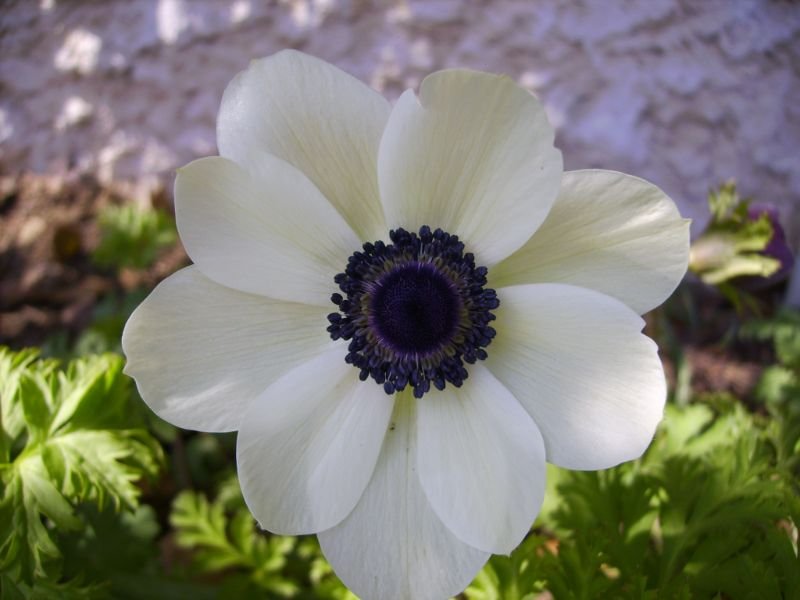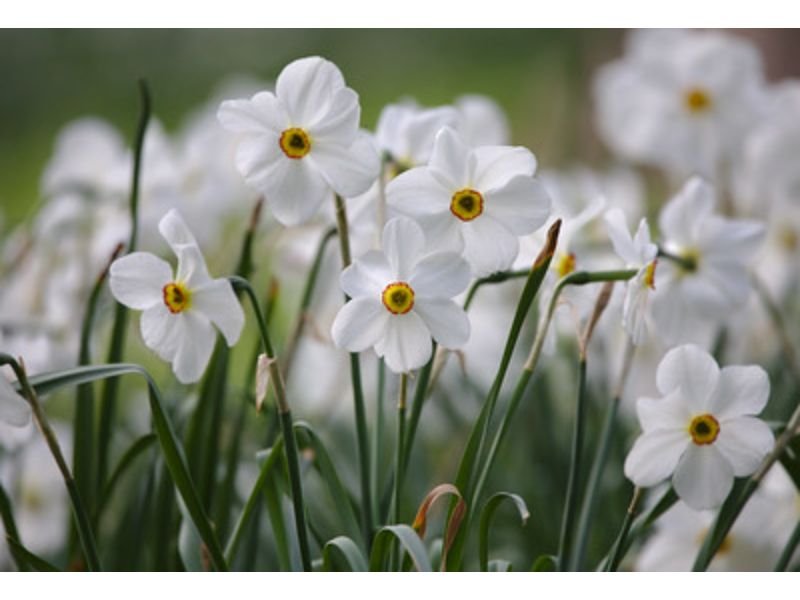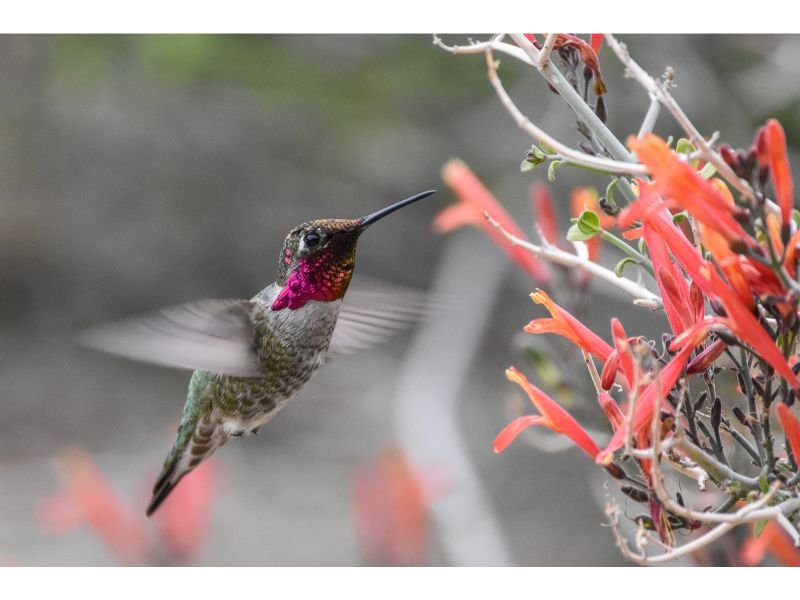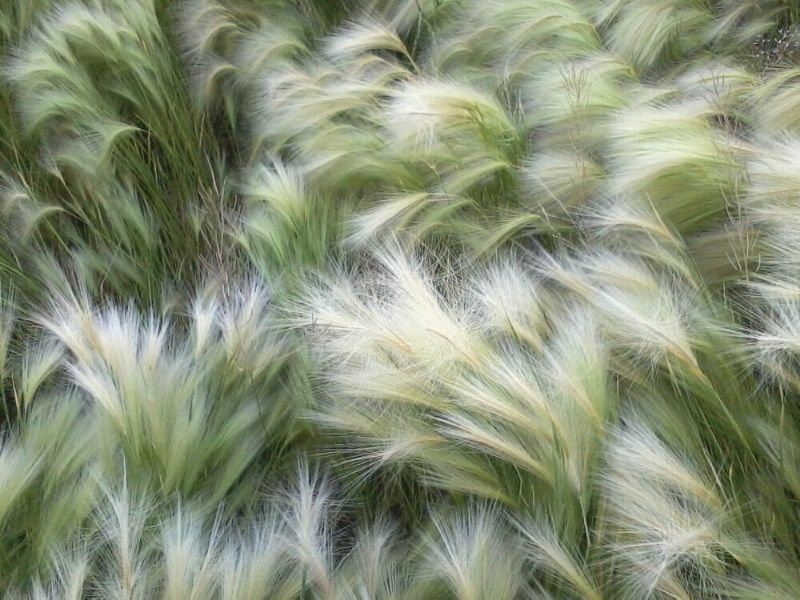If you’re looking to add some color to your garden, look no further than anemone de caen. These beautiful blooms are the divas in a flower bed, they’re breathtaking but most importantly, are generally easy to maintain! Follow these tips closely and don’t forget to give these flowers the star treatment they deserve.

Table of Contents
Anemone De Caen General Facts
Common Name(s): Anemone coronaria, de caen anemone, poppy anemone, anemone coronaria de caen
Scientific Name: Anemone coronaria
Family: Ranunculaceae
Country of Origin: Mediterranean region to Mount Caucasus
Natural Habitat: Meadows, fields, rocky hillsides
Size: About 8 to 16 inches (20 to 40 centimeters) tall
Toxicity Level: Mildly toxic to humans and pets
Color(s): White, red, blue, purple, lavender, pink
What’s Special About De Caen Anemone?

Unlike anemone sylvestris, anemone de caen is best known for its vivid blooms that come in a broad range of colors with a distinctive dark center, which adds to their visual appeal. This Mediterranean flowering plant is also highly sought-after thanks to its low maintenance.
Foliage and Blooms Appearance
Anemone coronaria de caen produces colorful blooms that highlight the plant. The flowers are saucer-shaped, with 8 to 12 petals each and a deep dark blue or purple center. Several color variations like red feature a dark center that is surrounded by a white hue. In addition to their eye-catching blossoms, de caen anemone also has attractive foliage that is medium to dark green with a fern-like shape.
Is Anemone De Caen Hardy?
Anemone de caen is considered a relatively hardy plant, as it can tolerate low temperatures. However, if exposed to a prolonged temperature below 25F° (-4°C), the plant can experience damage or might even die. This beautiful plant is best suited for regions with mild winter climates or in areas where they can be treated as an annual.
How Deep Is Anemone Coronaria De Caen Roots Grow?
Anemone de caen has a fibrous root system that typically does not grow very deep, usually only a few inches below the surface of the soil. They’re great to be planted in containers and pots or areas with shallow soil.
Size and Growth
The good news for gardeners with limited growing space, de caen anemone is a compact-sized flowering plant, growing to only about 16 inches (40 centimeters) tall and spreading to a width of about 8 inches (20 centimeters). Anemone de caen is considered a medium-growing plant, as it can take up to 3 months or more to start producing blooms.
Do Anemone De Caen Fragrance-Free?
There’s no doubt about how gorgeous anemone de caen is, however, they do not produce a strong fragrance. This can be a plus point for gardeners who do not tolerate a certain type of smell.
How Poisonous Is De Caen Anemone?
Anemone coronaria de caen is mildly toxic and can cause skin irritation or allergic reaction if touched in some people. This is typically due to the presence of protoanemonin, so it’s a good idea to not handle the plant bare-handed and always wear gloves to avoid any potential allergic reactions.
Where Should You Plant Anemone De Caen?
Thanks to their compact size and shallow root system, de caen anemone can be planted in a variety of locations as long as it meets all the growing requirements. This plant is also well-suited to a variety of styles, from rock gardens to cottage gardens, and works well in hanging baskets and window boxes.
Anemone Coronaria De Caen Growing Requirements

Light
De caen anemone prefers full, moderate sunlight and can tolerate partial shade. On average, they need at least around 6 hours of light per day to thrive, and it’s best to avoid intense, direct sunlight from the hottest parts of the day. In general, the ideal place to grow anemone de caen is in a location that receives morning sun and afternoon shade.
Watering
When it comes to watering, anemone coronaria de caen prefers to be grown in well-draining soil that is kept consistently moist and not waterlogged. Avoid over-watering as this can lead to unwanted problems such as root rot. Overall, the plant needs regular watering, about 1 to 2 inches (2.5 to 5 centimeters) of water per week. You can safely gradually increase the amount of watering during periods of hot and dry weather.
Temperature and Humidity
To help them produce their stunning blooms, de caen anemone needs a minimum temperature between 50°F (10°C) to 70°F (21°C). They’re not a fan of both very hot and very cold temperatures, as it can damage their delicate blooms and foliage. There’s no specific humidity level that anemone de caen needs to thrive, however, this plant is best in moderate to high humidity. If you’re planning to grow them indoors, consider placing a humidifier nearby or misting the leaves to help increase humidity.
Soil
Most plants love fertile, well-draining, and humus-rich soil, and de caen anemone is not an exception. They tolerate a broad type of soil pH, from slightly acidic, neutral, to alkaline, so you don’t need to spare extra time to adjust the pH level. For soil type, you can pick either sandy or loamy soil, and it’s wise to avoid clay soils which can be too heavy and lead to waterlogging issues.
Fertilizing
Anemone de caen benefits from regular fertilizing to promote healthy growth and lush blooms, but in contrast to watering, only provides them fertilizers during the growing season, which starts from early spring to summer. It’s important to follow the manufacturer’s instructions and avoid over-fertilizing at all costs. Use a slow-release and water-soluble fertilizer, about once every 4 to 6 weeks, with a balanced ratio of 10:10:10 or 20:20:20.
Repotting and Pruning
Another plus thing that can save you a lot of time and money, is anemone coronaria de caen typically does not require repotting. However, if you notice that the plant is becoming root-bound, overcrowded, or infected by pests or diseases, you can replant them in a larger container with fresh soil after giving them treatments based on the acquiring problems.
Anemone de caen does not require much pruning either, but deadheading spent blooms can help promote new growth and keep the plant looking tidy as you wish. To do pruning, simply remove any spent flowers as soon as they start to wilt. Use sharp, sterilized scissors or gardening shears to cut the stem just above the leaf’s node.
Propagation
We recommend propagating anemone de caen through the division of bulbs, where this method typically can be done in fall, after the foliage has died back, or in the early spring before new growth occurs. To propagate using bulb division, carefully dig up the bulbs and separate them into pieces. Each division should have at least one healthy stem with roots attached since this is where new growth will spurt. Plant the divided bulbs in a new container with fresh, well-draining, and high organic matter soil.
Anemone De Caen Common Problems
The most common issue that affects anemone coronaria de caen is root rot, which can be prevented by not over-water the plant and making sure the soil is well-draining. Pests that can occasionally affect anemone de caen include but are not limited to aphids, spider mites, and slugs. These can be controlled by using insecticidal soap or if you opt for a more natural way, simply use neem oil or handpicking and remove them carefully.
De Caen Anemone Care Guide In A Nutshell
For novice gardeners and for those who are limited in space and time, anemone de caen is the ultimate flowering plant that serves outstanding blooms. Generally, they would likely do just fine under moderate care, as long as well-draining, humus-rich soil, exposure to full and partial sun, and moderate watering are provided.

New author in the hood. Loves gardening and flowers are my spirit animals (yes I know they are not animals but I insist). I will be covering most of the flowers’ topics here and occasionally random though as well.






